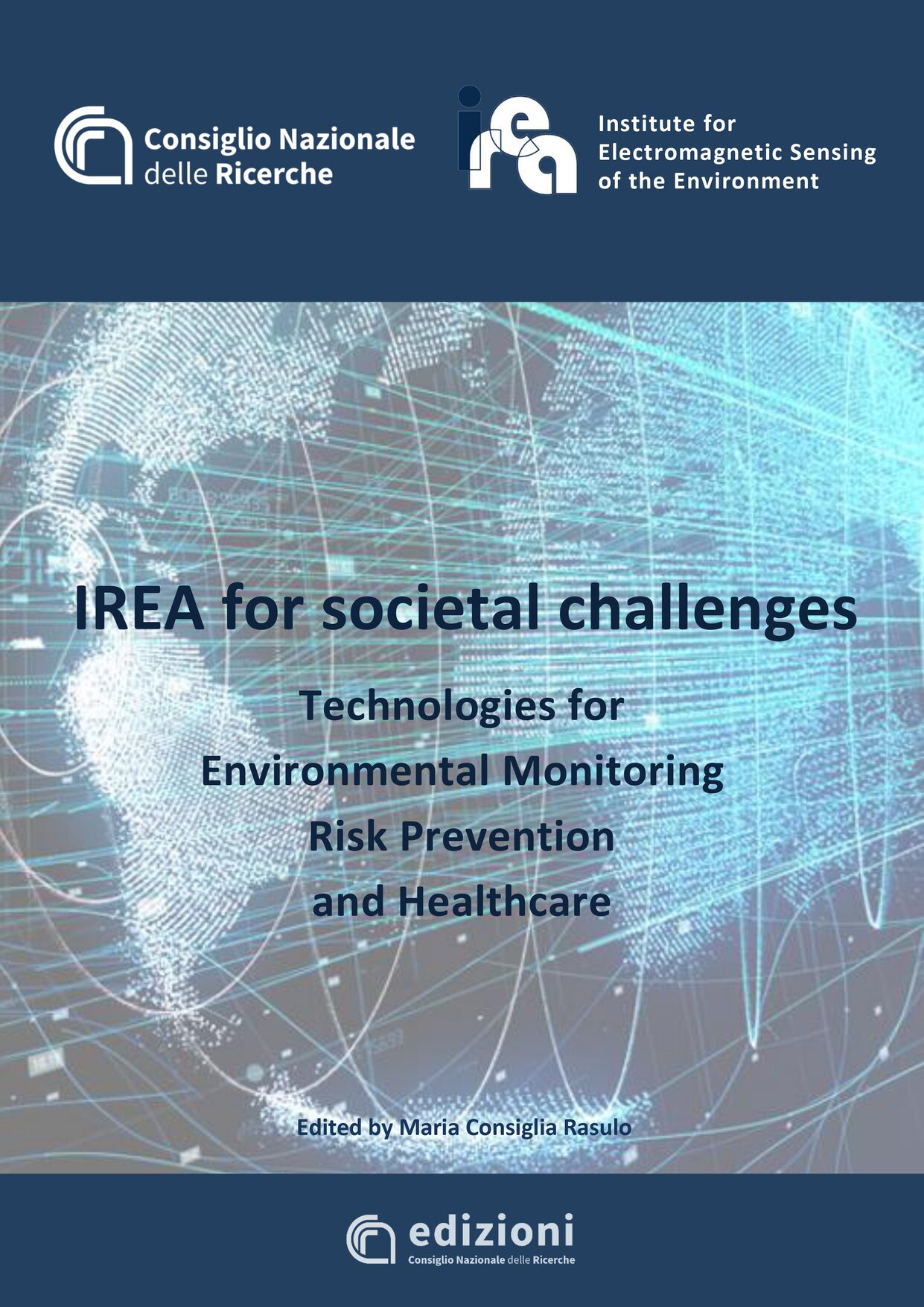 The electromagnetic diagnostics involves a wide range of technologies in which sensors and data processing methods are developed in order to pursue monitoring and diagnostic goals, such as the monitoring of civil structures, critical infrastructures and the state of the sea, the medical and cultural heritage diagnostics, the detection of pollutants, the issues related to physical security, such as the localization of explosive devices, the detection of hidden objects on people and the remote detection of vital signs.
The electromagnetic diagnostics involves a wide range of technologies in which sensors and data processing methods are developed in order to pursue monitoring and diagnostic goals, such as the monitoring of civil structures, critical infrastructures and the state of the sea, the medical and cultural heritage diagnostics, the detection of pollutants, the issues related to physical security, such as the localization of explosive devices, the detection of hidden objects on people and the remote detection of vital signs.
Based on the use of non-ionizing radiation at frequencies ranging from microwave to terahertz until reaching the optical ones, the electromagnetic diagnostics exploits the ability of electromagnetic waves to penetrate materials and interact with them in order to detect, locate and characterize objects and risk factors in a non-destructive and non-invasive way. This is possible thanks to technologies capable of operating at different frequencies and of providing information on different spatial and temporal scales.
The focus of the research activities is the development of methodologies of measurement and data processing able to overcome the limitations of those currently in use, which are affected by the extreme simplification of the physical / mathematical models used to describe the interaction between electromagnetic radiation and the objects under test. In this frame, the main goals concern both the design of active electromagnetic sensors, such as fiber optic and microwave sensors, and the study of the physical electromagnetic scattering phenomena.
The main research activities carried out by IREA researchers are referred to:
- the development of microwave tomography approaches and methods for radar data processing in order to obtain high-resolution and reduced ambiguity images of static or moving objects, hidden or buried in complex scenarios;
- the design, characterization, and use of electromagnetic sensors including: fiber optic distributed sensors to measure temperature and / or deformation of the structure investigated on distances up to tens of kilometers, microwave and the terahertz sensors for material characterization;
- the creation of micro-laboratories for integrated environmental, chemical and biological analysis;
- the development of specific data processing algorithms, in order to elaborate data collected by means of possibly not canonical measurement configurations, and devices designed for specific diagnostic applications such as, for instance, the high resolution monitoring of critical infrastructures, the mapping of the water content in the subsoil, the through walls imaging, the motion tracking, the detection of physiological signals (breathing and heartbeat), the monitoring of sea conditions and the diagnostics for biomedical and teranostic purposes.


